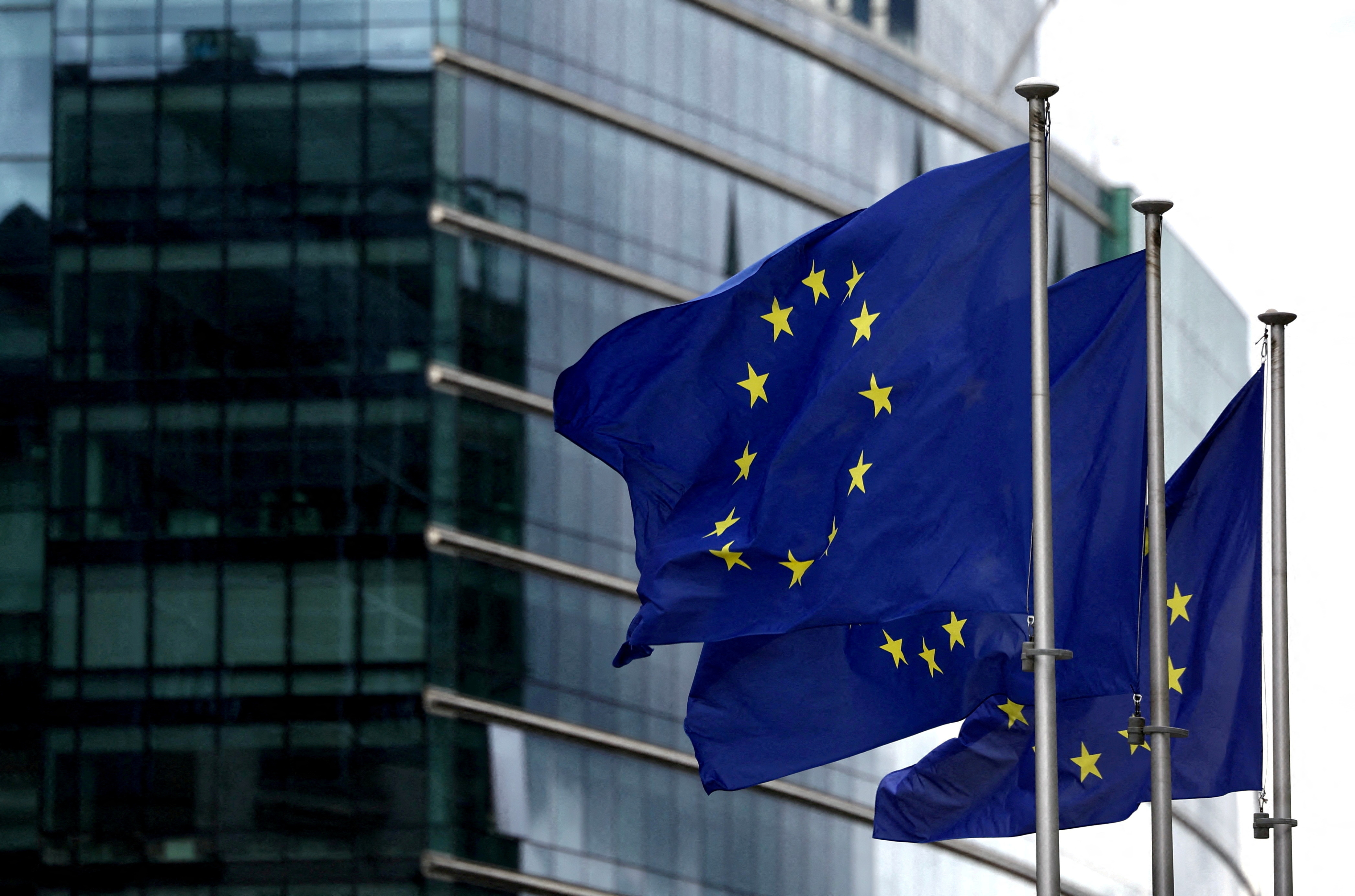EU Sanctions Against Russia Expand with 19th Wave in September to Heighten Economic Pressure

EU Set to Implement New Round of Sanctions Against Russia This September
European regulatory bodies have announced plans to roll out another set of punitive measures targeting Moscow next month, marking a continuation of their multi-layered strategy against Russian economic and political operations. This forthcoming initiative aims to build on the framework established by previous measures devised since early 2022.
This forthcoming measure represents the 19th major round of restrictive steps since the conflict escalated in February 2022, reflecting sustained international efforts to impose economic and diplomatic pressures. The initiative is designed to reinforce the existing sanctions regime, indicating a commitment to maintaining pressure through strategic limitations on financial activities, trade, and certain sectors connected to the targeted state’s core capabilities.
Officials emphasize that these collective actions are part of an ongoing process intended not just to signal political opposition but to directly affect operational capacities. The continuity and expansion of restrictions highlight the weight placed on international cooperation in addressing geopolitical challenges.
Development and Evolution of Sanctions
The array of restrictions introduced since 2022 has undergone several expansions, both in scope and specificity. Initially, the measures focused on limiting direct access to financial resources, imposing travel bans on prominent figures, and curtailing bilateral trade in sensitive goods. Over subsequent waves, the scope widened to encompass critical industrial sectors, including defense-related enterprises and high-tech industries.
The consequences of such cumulative sanctions have manifested in diminished capabilities in certain industrial outputs abroad. For example, there have been notable disruptions in aviation-related activities, with Russian manufacturers facing shortages in components and delivery setbacks. These effects underscore the tangible impact of targeted restrictions on core economic sectors and export potential.
Each successive tranche has been characterized by increasingly focused targeting of institutions and individuals deemed integral to the sanctioned government's strategic objectives. This approach aims to maximize economic constraints while minimizing collateral effects on the wider population.
Anticipated Impact and Strategic Implications
The forthcoming suite of restrictions is expected to continue this trajectory by expanding the list of affected entities and refining limitations on financial interactions. Such measures include asset freezes and further restrictions on access to international banking and trading systems. These developments are vital in constraining revenue streams and international operations, thereby exerting pressure on policymaking circuits.
The persistence in updating and diversifying these targeted measures reflects an understanding of the evolving geopolitical landscape and the necessity to adapt strategies accordingly. This ensures that economic countermeasures remain relevant and effective amid shifting diplomatic and economic conditions.
Maintaining a united front among participating states is also a critical element, as coordinated implementation enhances the overall efficacy of the sanctions. This collective approach aims to reduce opportunities for circumvention and demonstrates a broad consensus on the necessity of such measures.
Contextualizing the Broader Framework
These successive actions represent part of a broader international response designed to uphold certain legal and political frameworks. Through measured economic and diplomatic pressure, the involved parties seek to influence future developments in the region. The strategy hinges on sustained economic blockade coupled with diplomatic engagement to encourage resolution and adherence to international norms.
While each set of measures includes significant economic tactical elements, they are also embedded within larger efforts to respond to challenges in global security and regional stability. The rolling nature of these measures signifies a long-term approach, balancing immediate impact with strategic patience.
As this latest package prepares for adoption, attention remains on the responses from various stakeholders and the potential shifts in geopolitical dynamics. The evolving scene underscores the complexities inherent in managing international relations amid conflict and competing national interests.
